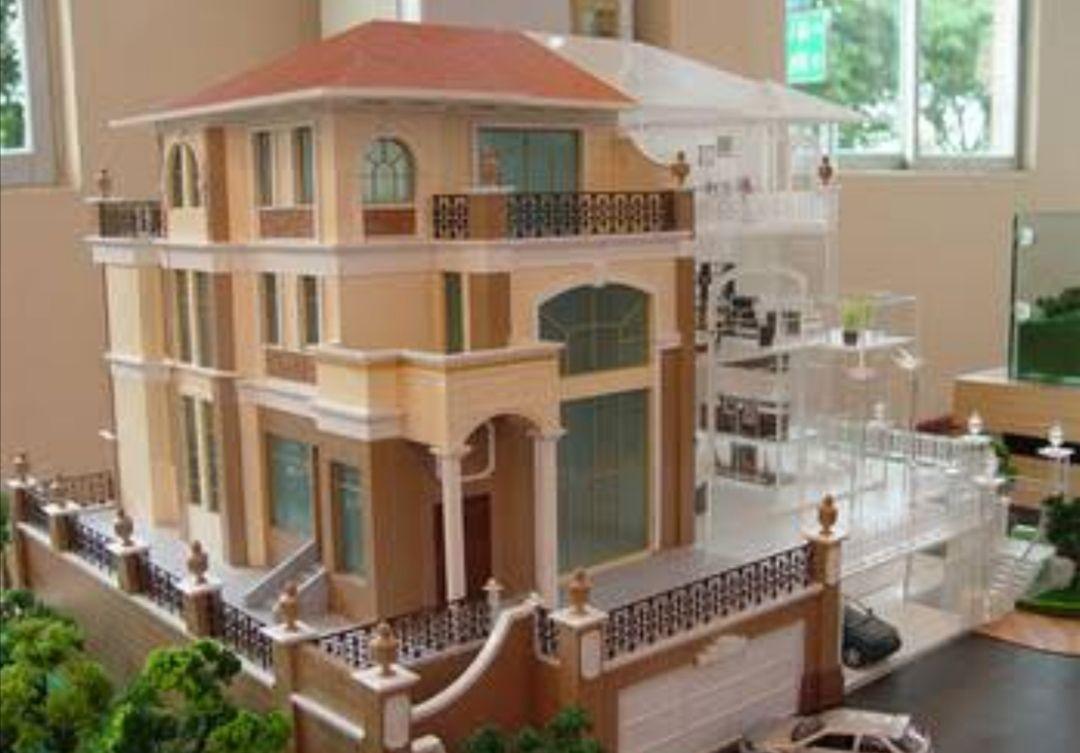
Analysts have observed subdued performance across the various real estate themes in the country, as the economy grappled with the effects of the coronavirus pandemic.
According to the Kenya Retail Sector report by Cytonn Real Estate, performance has declined to record average rental yields of 6.7 percent, which is 0.3 percent points lower than the 7 percent recorded in 2019.
The subdued performance is largely attributed to several factors among them a reduction in rental rates in a bid to attract tenants amid a tough economic environment.
According to the report, rental rates in the sector have posted a 2.1 percent decline to Sh115.1 per Square Feet in 2020, from Sh118 per Square Feet in 2019.
Reduced occupancy rates, which declined by 0.7 percentage points year on year from 77.3 percent in 2019 to 76.6 percent in 2020, also caused subdued performance.
The real estate firm’s report said the decline in reduced occupancy rates was caused by the drop in demand for physical retail space due to a growing focus on e-commerce and scaling down of retailers in the wake of reduced revenue inflows.
Rental yields within the Nairobi Metropolitan Area (NMA) declined by 0.5 percent to 7.5 percent from 8 percent in 2020 attributable to a decline in demand for space evidenced by a drop in occupancies by 0.6 percent from 75.1 percent in 2019 to 74.5 percent in 2020 and a marginal decline in rent of by 0.1 percent to Sh168.5 from Sh168.6 per Square Foot.
The subdued performance is also attributed to the current oversupply of retail report spaces by 3.1 mn SQFT, shifting focus to e-commerce leading to decline in demand for physical retail spaces, constrained consumer spending given the tough economic environment and exit by some retailers to cushion themselves against the negative effects of the Coronavirus pandemic.
“The Mt. Kenya region offers the best investment opportunity to retail space developers, with high rental yields of 7.7 percent, 0.1 percentage points higher compared to market averages of 6.7 percent, the region currently has an existing retail space deficit of 0.7 mn SQFT, the undersupply signals high demand,” Cytonn says in the report.
Within the Nairobi Metropolitan Area (NMA), the opportunity lies in Westlands and Karen which were the best performing retail nodes with rental yields of 9.8 percent and 9.2 percent, respectively.
This was attributed to relatively high demand as the neighbourhood host affluent residents with high consumer purchasing power, ability to charge a premium on rates on the high-quality retail spaces, relatively good infrastructure thus ease of access into the areas and relatively high occupancy rates of 80.9 percent and 79.1 percent, respectively above the market average of 74.5 percent.














